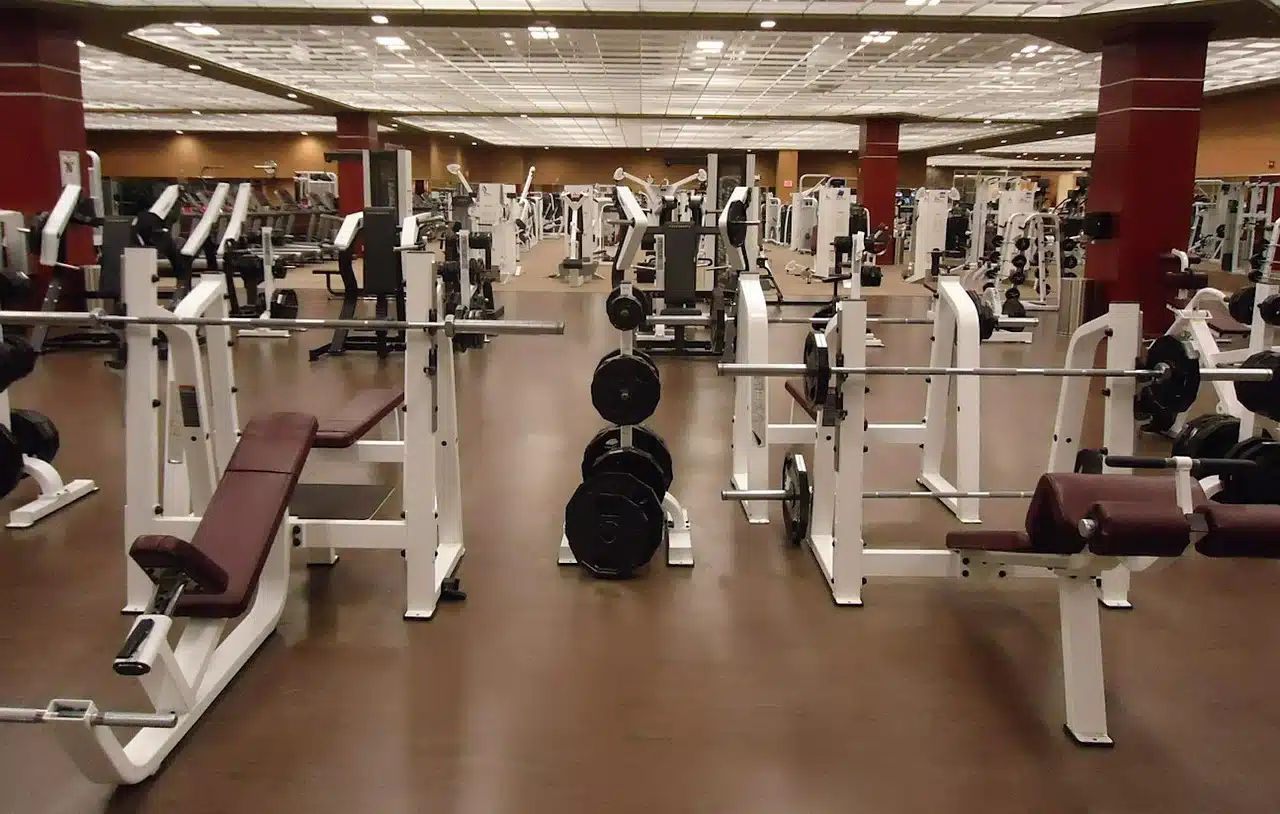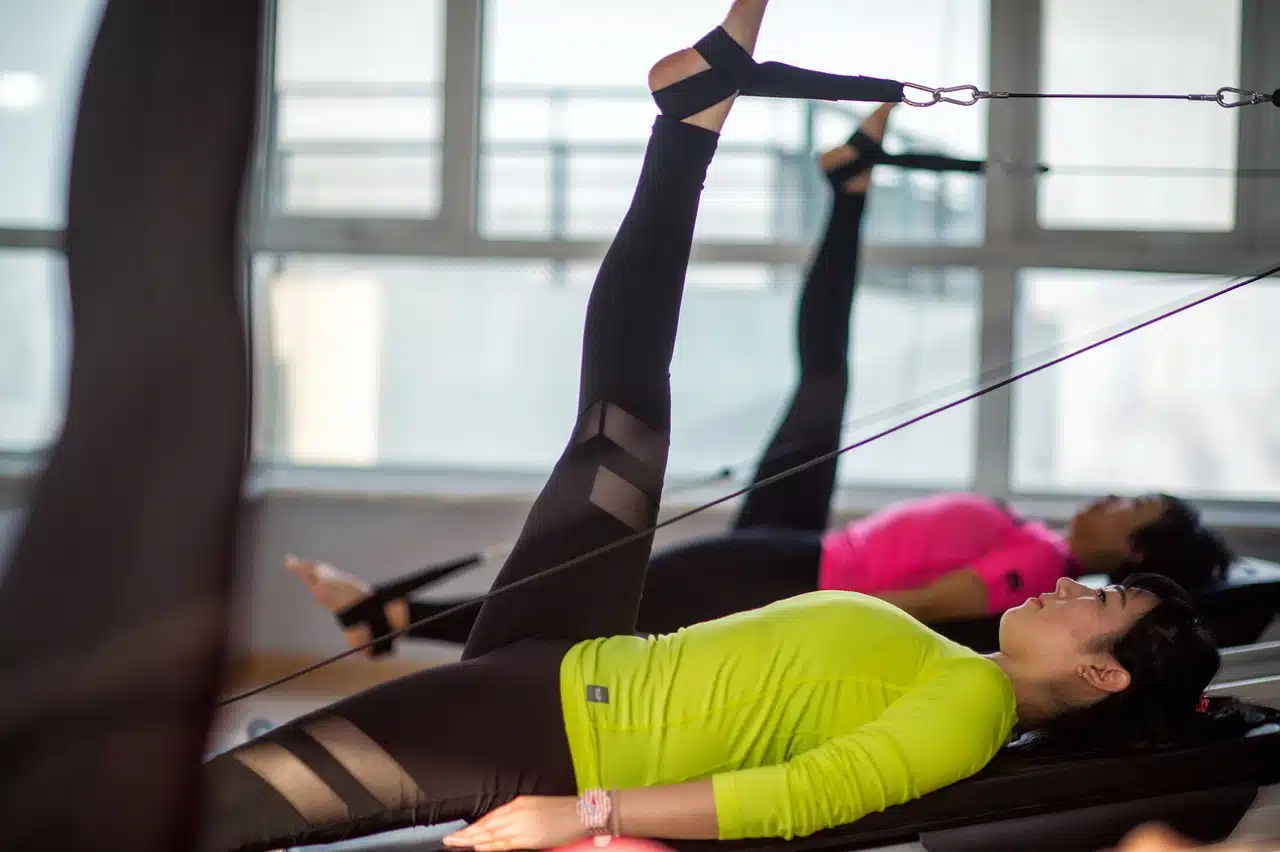
The gym offers different equipment to work the body.
A gym is a place intended for practicing gymnastics : the activity that, by appealing to pre-established movements and exercise routines, aims to optimize people's physical condition .
Body training
Gyms are establishments that have the necessary infrastructure so that people can train. They usually have equipment , machines , weights , mats and other implements and accessories, as well as changing rooms for changing clothes and showering.
Many times gyms also teach yoga , Pilates , martial arts or dance classes, for example. Some even have swimming pools for water activities.
Due to their features and uses, gyms are more than just places to exercise. They are usually social gathering places, where many individuals go to entertain and relax after work.
High school
In European countries, a gymnasium or gymnasium is a secondary school . In this case it is an entity similar to a high school . Other equivalent words with the same meaning are gymnasiet , in Swedish, and gimnázium , in Hungarian.
This type of school focuses on providing a more rigorous academic education geared toward college preparation. It typically has a focus on the humanities, sciences, and mathematics, and offers a more challenging curriculum that prepares students for college entrance exams.
It is important to note that the use of gymnasium in the context of a secondary school may vary in different European countries, and each may have its own educational system and specific terms to refer to the different stages of secondary education . Therefore, the exact characteristics and names of schools may differ in each country.
Indoor stadiums
An indoor stadium is also called a gym. Also known as coliseums, pavilions or arenas, they usually have stands or seats for the public and host sports competitions , shows and other related activities.
These gyms are usually large spaces with capacity for thousands of people , depending on their design and purpose. Activities take place in the central area, and the public sits around.
Its main distinguishing feature is its roof, which is usually high and vaulted to allow sufficient space and visibility. Its structure is designed to support the load and provide adequate coverage for events .
Gyms are usually equipped with different facilities , such as changing rooms, warm-up areas, equipment spaces, storage areas, restrooms, and often also have areas for food and drink services.
Etymology
The word gym has its origins in ancient Greek. It comes from the Greek term gymnasion (γυμνάσιον) , which in turn is derived from the verb gymnazo (γυμνάζω) , which means "to exercise naked" or "to train without clothes."
In ancient Greece, the gymnasion was a place for physical exercise and athletic education. It was an outdoor space where young men participated in sporting activities , such as running, wrestling, jumping, and discus throwing. In addition to physical exercise, the gymnasion was also a center of intellectual and philosophical learning .

Many people take advantage of the gym to cultivate social relationships.
This combination of physical education , spiritual formation and socialization is no longer related to the way we interpret the term gym , although social exchange does occur in many cases.
The association with nudity in the origin of the word is due to the fact that the ancient Greeks practiced physical exercise without clothes, as they considered it to be a purer form of connection with the body and mind. Over time, the term gymnasion was adopted by other languages, such as Latin, and eventually reached Spanish as gymnasium .
